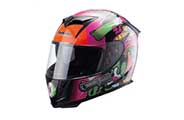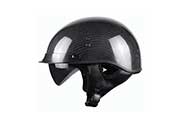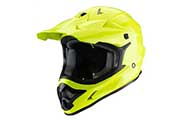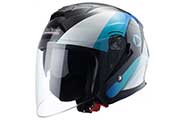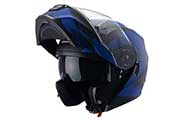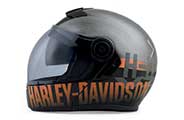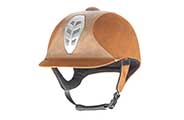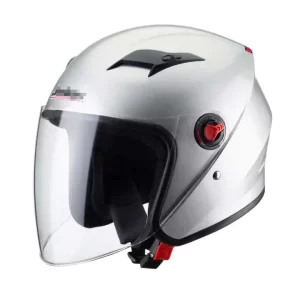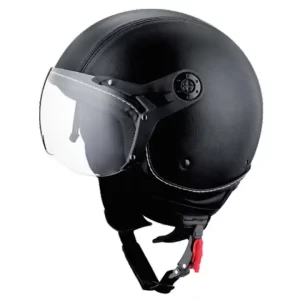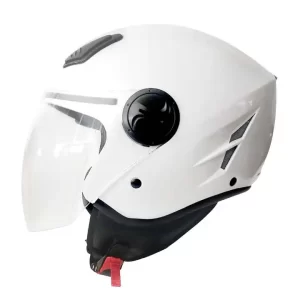Custom Open Face Helmets

MPM has been an ODM and OEM manufacturer of Custom Open Face Helmets for over 10 years. It has rich experience and expertise in designing, manufacturing, and customizing helmets. The advantages of MPM are as follows:
- Customization service: Manufacturers can provide personalized customization services, allowing wholesalers to customize the design, color and pattern of helmets according to their customer needs.
- High-quality materials: Manufacturers can show wholesalers the high-quality materials and advanced manufacturing processes they use to ensure product quality and durability.
- Rich product lines: MPM can provide a diverse product line, including helmets of different styles, colors and functions, to meet the needs of different customers of wholesalers.
- Price advantage: MPM can provide competitive prices and flexible wholesale policies to cooperate with wholesalers. This includes volume discounts, flexible payment options, and more.
- Production Capacity: MPM has large-scale production capacity, the most advanced technology and processes, and modern production lines and equipment, capable of producing helmet products quickly and efficiently. Can meet the needs of bulk orders to meet the needs of the international market.
MPM is willing to establish long-term and stable cooperation with wholesalers and expand its market share.
Custom Open Face Helmets Design
FAQ About Custom Open Face Helmets
The decision to use an open face helmet depends on personal preference, riding style, and safety considerations. Open face helmets provide protection to the top and back of the head, but they do not offer the same level of facial protection as full-face helmets. Here are some factors to consider when deciding whether to use an open face helmet:
1. Comfort and Visibility: Open face helmets provide a greater field of vision and can offer better ventilation and comfort compared to full-face helmets. They are often preferred by riders who want a more open and less restrictive feel while riding.
2. Safety: While open face helmets provide protection to the top and back of the head, the face is left exposed. This means that in the event of a crash, the rider’s face is more vulnerable to injury. If safety is a top priority, a full-face helmet may provide better overall protection.
3. Riding Conditions: Consider the type of riding you will be doing. For casual city riding or cruising at lower speeds, an open face helmet may be suitable. However, for high-speed riding, off-road adventures, or in areas with unpredictable road conditions, a full-face helmet may be a safer choice.
4. Legal Requirements: Be aware of the legal requirements in your area. Some jurisdictions have specific regulations regarding the type of helmet that must be worn while riding a motorcycle or scooter.
Ultimately, the choice between an open face helmet and a full-face helmet is a personal one, and it’s important to weigh the trade-offs between comfort and safety. It’s recommended to always prioritize safety and choose a helmet that meets the appropriate safety standards and provides the level of protection you need for your style of riding.
In general, it is allowed to paint your helmet, but there are some important considerations to keep in mind:
1. Safety Standards: When painting a helmet, it’s important to ensure that the paint and any additional materials used do not compromise the structural integrity of the helmet. The helmet should still meet safety standards after painting, including impact protection and visibility requirements.
2. Use of Approved Paint: If you choose to paint your helmet, it’s recommended to use paint that is specifically designed for use on helmets or other safety equipment. This type of paint is formulated to adhere to the helmet’s surface without compromising its safety features.
3. Avoiding Solvents: Certain solvents and chemicals found in some paints can degrade the materials used in the helmet, potentially weakening its protective capabilities. It’s important to use paint that is compatible with the helmet’s construction materials.
4. Manufacturer Guidelines: Some helmet manufacturers may provide specific guidelines or restrictions regarding painting their helmets. It’s advisable to consult the manufacturer’s recommendations before making any modifications to the helmet.
5. Visibility Considerations: If the paint job affects the visibility of any reflective elements or the overall visibility of the helmet, it may impact safety, especially for riding at night or in low-light conditions.
6. Legal Requirements: Be aware of any legal regulations in your area regarding the modification of helmets. Some jurisdictions may have specific rules about altering the appearance of safety equipment.
Before painting your helmet, it’s best to consult with the helmet manufacturer or a professional who is knowledgeable about helmet safety and modifications. Ensuring that the helmet remains safe and compliant with safety standards should always be the top priority.
The safest helmet to wear for motorcycle, bicycle, or other similar activities is generally considered to be a full-face helmet. Full-face helmets provide the most comprehensive protection for the head and face, offering coverage for the entire head, including the chin and jaw areas. Here are some key features that make full-face helmets the safest choice:
1. Head and Face Protection: Full-face helmets provide a hard outer shell and an impact-absorbing liner that covers the entire head, including the face. This design offers protection against impacts from all angles, reducing the risk of head and facial injuries in the event of a crash.
2. Chin Bar: The integrated chin bar in full-face helmets adds an extra layer of protection for the lower face and jaw, which are particularly vulnerable in accidents. This feature helps reduce the risk of facial injuries and provides added stability to the helmet during impacts.
3. Shield or Visor: Full-face helmets typically include a built-in shield or visor that protects the eyes from wind, debris, and insects, enhancing overall safety and visibility during riding.
4. Reduced Wind Noise and Fatigue: The enclosed design of full-face helmets helps reduce wind noise and fatigue during long rides, contributing to better focus and concentration while riding.
5. Enhanced Aerodynamics: The streamlined shape of full-face helmets offers better aerodynamics, reducing wind resistance and providing a more stable riding experience at higher speeds.
When selecting a full-face helmet, it’s important to choose a model that meets or exceeds safety standards, such as DOT (Department of Transportation), ECE (Economic Commission for Europe), or Snell certification. Additionally, proper fit and comfort are crucial for ensuring that the helmet provides optimal protection.
While full-face helmets are generally considered the safest option, it’s important to choose a helmet that suits your specific riding needs and preferences. Always prioritize safety and select a helmet that meets the appropriate safety standards for your chosen activity.

